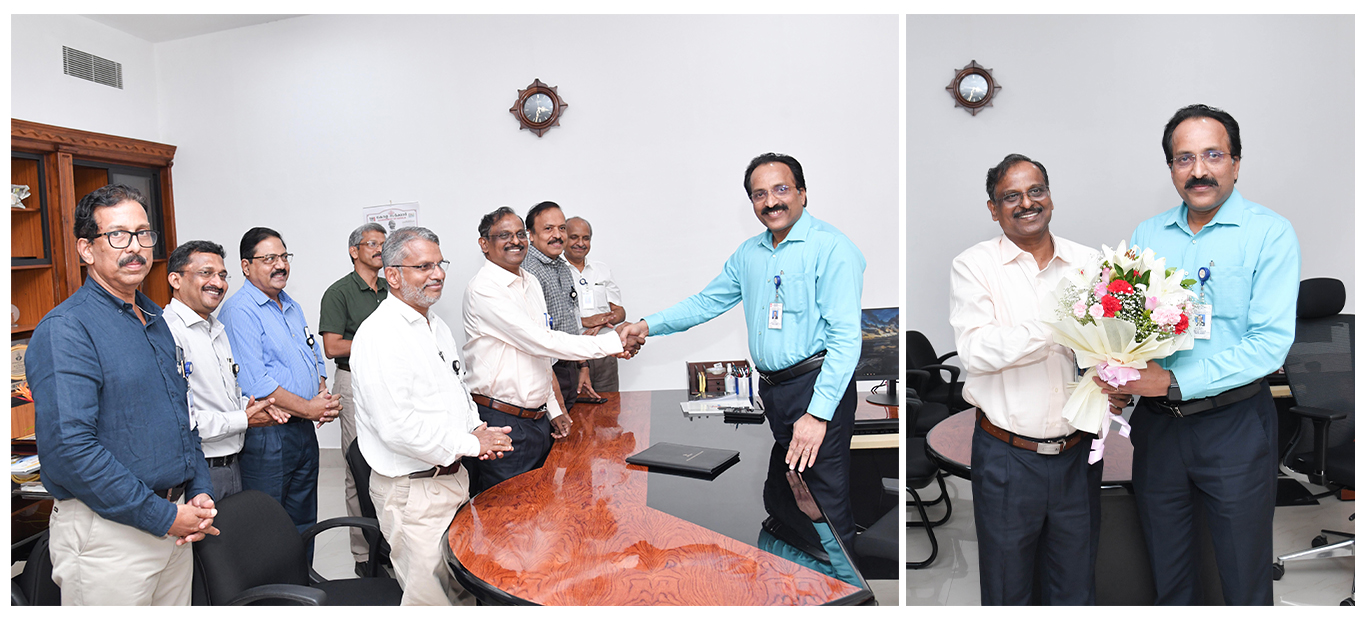By Naysa Shrivastava
On 14 January, Indian Space Research Organisation announced Dr. V. Narayanan as Secretary, Department of Space and Chairman, Space Commission. Before this he was the Director of ISRO’s Liquid Propulsion System Centre (LPSC), an important facility for the progress of propulsion systems focusing on launch vehicles and spacecrafts. He has worked for more than 40 years in ISRO, including 7 years as director of LPSC.
V.Narayanan has completed his M.Tech in Cryogenic Engineering and PhD in Aerospace Engineering from IIT Kharagpur. He joined ISRO in 1984 and made groundbreaking innovations in the space agency. As chairman of Project Council of Space Transportation System, he headed the crew for operational and new launch vehicles. He has guided the propulsion systems for future missions like Chandrayaan 4, Venus Orbiter and Bhartiya Antariksha Station (BAS).
ISRO in the released statement said, “ When India was denied the cryogenic technology for GSLW Mk-11 vehicle, he developed the engine systems, designed required software tools, helped in constructing the necessary infrastructure and lab facilities, testing and qualification and finalized the development of Cryogenic Upper Stage (CUS) and made it operative.”
He is a member of International Academy of Astronautics (IAA) and Space Propulsion Committee of International Astronautical Federation (IAF). He is honoured with the position of Fellow of Indian National Academy of Engineering(INAE), Fellow of Institution of Engineers, India, Fellow of Indian Cryogenic Council, Fellow of Aeronautical Society of India. He is the current National President of Indian Systems Society of Science and Engineering. He was a Governing Council Member of INAE for 6 years. He is a recipient of APJ Abdul Kalam Award 2023 and Tamil Nadu Chief Minister’s award for Chandrayaan-3.
Dr. Narayanan was contributory in the Gaganyaan programme. He helped in human-rating of the LVM3 vehicles and designed various systems like cryogenic stages, propulsion systems, life support systems for the team and service modules. He also served as the head of Gaganyaan Certification Board. During his guidance, ISRO got the opportunity to develop next-generation propulsion systems which comprise 200-tonne thrust LOX-Kerosene semi-cryogenic rocket system, a 110-tonne thrust LOX-Methane engine and electric and green propulsion system for spacecraft.
